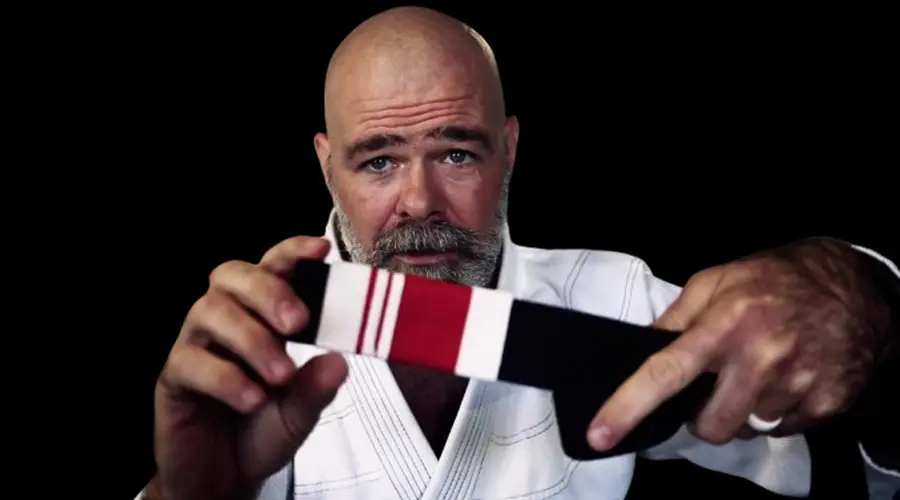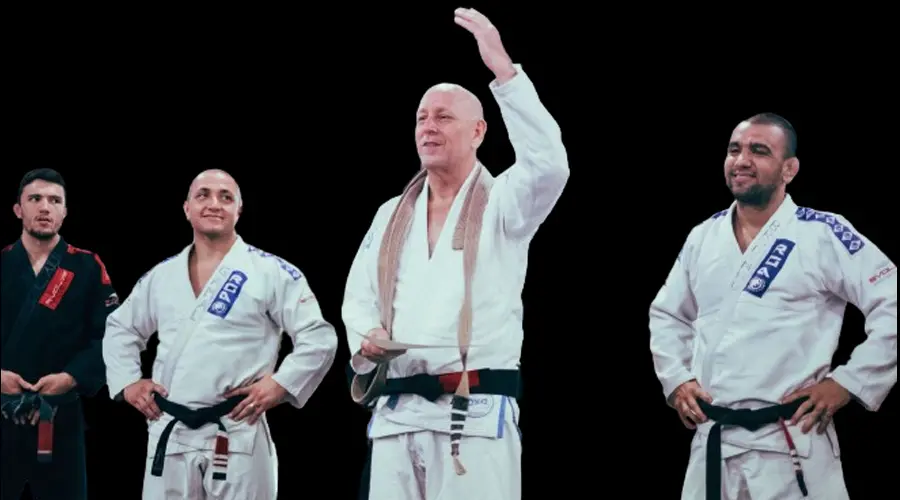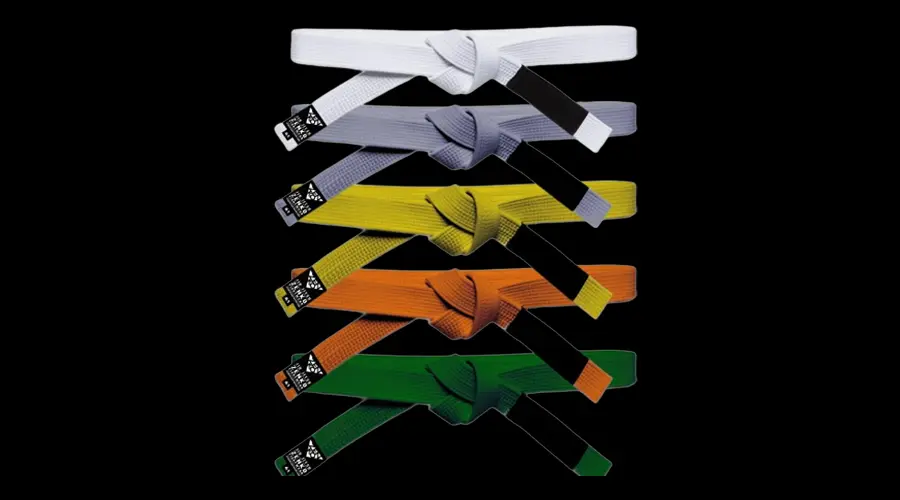BJJ Belts in Order: Colors, Ranks, and Their Meaning
What is the BJJ Belt System?
The Brazilian Jiu-Jitsu (BJJ) belt system is a fundamental aspect of the martial art, representing a practitioner's skill, dedication, and progression. Whether you're just starting or looking to refine your skills, our BJJ classes provide the perfect environment to develop technique, fitness, and discipline. This guide explores the meaning behind each belt color, the significance of stripes, and the process of belt promotions.

What Does Each BJJ Belt Color Mean?
White Belt: The Most Important Belt in Your BJJ Journey
The white belt is the most important belt in Brazilian Jiu-Jitsu because it’s where your journey begins. This is the stage where you build your foundation, learning fundamental positions, basic techniques, and essential defensive strategies. Some clubs also put a big focus on self-defense at the beginner level, teaching you how to handle strikes and deal with situations where someone is sparring with gloves on. Once you have a solid base in self-defense, the focus often shifts toward more sport-based BJJ.
Blue Belt: Building a Strong Foundation
The blue belt signifies a fundamental understanding of BJJ positions and submissions. Practitioners can defend themselves, escape from bad positions, and execute basic sweeps and guard passes.
Purple Belt: Refining Your Game
Description: The purple belt is the first advanced level in BJJ. Practitioners at this level refine their personal style and develop specific techniques.
Brown Belt: The Final Preparations
Description: Brown belts are on the verge of mastering BJJ. This rank involves polishing skills and addressing any remaining weaknesses.
Black Belt: Mastery and Beyond
Description: Achieving a black belt signifies mastery in BJJ. Black belts are experts with a deep understanding of techniques and strategies.
What are Stripes in BJJ?
Description: Stripes are markers of progress within a belt rank, indicating incremental improvements in skill and knowledge.
Criteria: Each belt typically has up to four stripes, awarded based on performance, dedication, and training time.

How Do Belt Promotions Work in BJJ?
Process: Belt promotions in BJJ are based on an instructor's assessment of a student's skills, consistency, and attitude.
Belt Tests: Some schools conduct formal belt tests, while others promote students during regular classes or special ceremonies.

Why Do People Quit BJJ?
Brazilian Jiu-Jitsu is a challenging and demanding martial art, and many practitioners eventually quit for various reasons. One of the most common reasons people quit BJJ is the frustration that comes with the steep learning curve. The art requires consistent practice, mental toughness, and the ability to embrace failure as part of the learning process. Physical injuries are another factor, especially since BJJ involves a lot of joint manipulation and submissions. Some practitioners face burnout from frequent training or simply lose motivation when progress feels slow. Additionally, the time commitment required for progression can be overwhelming for some people, particularly those balancing work, family, and other responsibilities. Despite these challenges, those who persist and push through the hard times often find themselves with long-term success. Statistics show that around 80% of new practitioners drop out within the first year, but for those who stay the course, BJJ can provide lifelong rewards in terms of fitness, self-defense, and personal growth.
- 90% of white belts quit within the first year of starting BJJ, as many struggle with the steep learning curve and physical challenges.
- 80% of blue belts quit, often experiencing the "blue belt blues," where they face a plateau in progress or lose motivation.
- 1-2% of practitioners make it to black belt, highlighting the dedication and persistence required to reach the highest level in BJJ.

How Long Does It Take to Get a Black Belt in BJJ?
Earning a black belt in Brazilian Jiu-Jitsu is a long-term commitment that typically takes 10-15 years of consistent training. Unlike many other martial arts, BJJ has a more rigorous and time-intensive progression system. The journey involves mastering techniques, building a deep understanding of the art, and demonstrating growth both on and off the mats. Each belt along the way—from white to blue, purple, brown, and finally black—requires dedication, hard work, and perseverance. The exact timeline depends on factors like your training frequency, natural ability, and how quickly you can apply techniques in live sparring. Some practitioners who train more often may progress faster, while others may take longer depending on their personal journey. No matter how long it takes, earning a BJJ black belt is about the process and the lessons learned along the way, not just the destination. Stay consistent, embrace the grind, and enjoy every step of the journey.
What is the BJJ Belt System for Kids?
System: The BJJ belt system for children features additional colors to accommodate younger practitioners' developmental stages.
Belt Colors: Kids progress through belts such as grey, yellow, orange, and green, each representing different age groups and skill levels.
